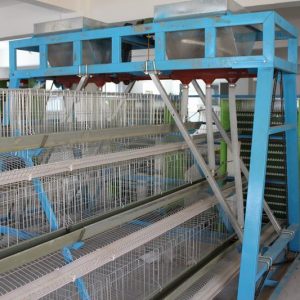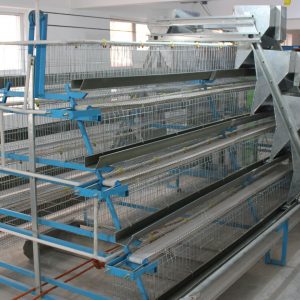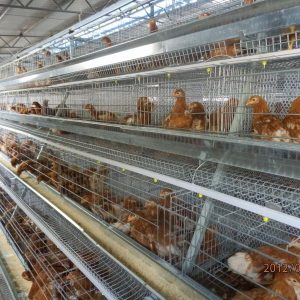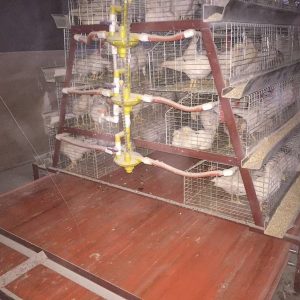
Chicken breeding knowledge you have to know in spring
Although everything is recovering in spring, the roller coaster-like climate change that turns warm and cold in spring makes the chicken industry extremely nervous. It is very necessary to understand the knowledge of spring chicken. Moreover, the first thing to understand is based on the spring climate characteristics and the actual situation of the chicken group. growth situation. The rational use of chicken knowledge can minimize the risk of chicken breeding.
Ventilation In early spring, due to the low temperature, the doors and windows of the chicken house are tightly closed, and the ventilation is reduced. However, the exhaust gas from chickens and the ammonia, carbon dioxide, hydrogen sulfide and other harmful gases produced by the fermentation of chicken manure will accumulate in the chicken house, which is easy to induce chickens. Respiratory tract and other diseases.
Dehumidification In early spring, the ventilation in the chicken house is small, and the amount of water evaporation is reduced. In addition, the hot air in the house will condense into a large number of water droplets when it comes in contact with the cold roof and walls, causing excessive humidity in the chicken house and proliferation of bacteria and parasites. Created the conditions. Therefore, in early spring, we must strengthen management, pay attention to keeping the chicken house clean and dry, repair damaged sinks in time, avoid overfilling when adding water, and it is strictly forbidden to splash water on the floor of the house.
The disinfection work should run through the whole process of raising chickens. In early spring, the temperature is lower and the frequency of bacterial activity decreases, but the climate is still colder at this time, and the chicken’s resistance is generally weakened. If disinfection is neglected, it is very easy to cause disease outbreaks and cause heavy losses. Therefore, it is necessary to do a good job of disinfection and disinfect regularly.
Supplemental illumination is the driving force of all life activities. In early spring, days are still short and nights are long, and laying hens often drop in egg production due to insufficient light. In order to overcome this natural defect, artificial supplementary illumination can be used to make up. Under normal circumstances, the total time of light per day should not be less than 14 hours, but it should not exceed 17 hours.
Develop scientific and effective immunization procedures. Formulate immunization procedures based on their own venues or local epidemics, and strictly implement them. And to ensure that no technical problems or situations that shouldn’t happen during the immunization process. Check that the vaccine variety should be compared with the age of the chicken. Use effective vaccination methods, and everything must be done in accordance with the vaccine instructions. Pay attention to the storage and custody of the vaccine. The vaccine must be used and prepared immediately, and the diluted vaccine must be used up within the specified time. Do not use spray and drinking water for disinfection 24 hours before and after eye drops and nose drops.
The climate characteristics of chicken raising in spring: The weather is cold and the climate changes greatly. The temperature rises today, and the temperature may drop tomorrow. The temperature of the day also changes frequently. The temperature difference between day and night is large. The chickens are difficult to adapt and are prone to diseases.
The key to raising chickens in spring: can be summarized as “three catches and five preventions”. “Three grasps”: grasp management (focus on keeping temperature, and at the same time do a good job of ventilation); grasp epidemic prevention (sanitation, disinfection, immunization); grasp disease prevention. “Five Preventions”: prevent diseases (especially respiratory diseases); prevent cold stress; fire prevention; prevent poisoning; prevent too low humidity.



